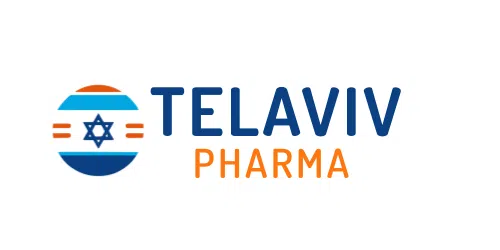
What is Glaucoma and how to reduce eye pressure ?
Last Updated on May 14, 2025
Glaucoma, also called ‘green cataracts’, is a common eye disease, especially in the elderly. Glaucoma is usually the result of too high pressure inside the eye. The eyeball contains fluid called aqueous humor. This, among other things, ensures the shape of the eye and has nothing to do with tears.
The eye pressure depends on the balance between the production and drainage of aqueous humor. Excessive eye pressure can occur when the drainage of aqueous humor is obstructed. The result is damage to the optic nerve, causing loss of (part of) the visual field.
Highly myopic people (with strong minus glasses) have a greater risk of glaucoma. People who have family members with glaucoma are also more likely to develop glaucoma.
How do I recognize Glaucoma (increased eye pressure)?
Contents
In the early stages, glaucoma does not cause any symptoms. Later you may see less well in part of the visual field (especially the outside of the visual field).
Can I do something to reduce eyeball pressure myself?
There is nothing you can do about glaucoma yourself. However, you can have an eye pressure measurement done at an optician.
If you have any doubts about your eyesight, you can have it measured at an optician or you can contact your doctor.
What can the pharmacist do for me?
General
Your pharmacist ensures that you can use your medicines properly and safely. It does not matter whether you need a medicine for a short time or for a long time.
Prescription check
The pharmacist checks every prescription. For example: has the correct medicine been prescribed and given, is the dosage correct, can the medicine be taken together with other medicines that you are taking. If necessary, your pharmacist will consult with your doctor or specialist.
Overview of your medications
Your pharmacist keeps track of the medicines you use. You can always ask the pharmacy for an overview of your medications. You can take this with you, for example, when you visit your specialist, are admitted to hospital or go abroad.
Medication review
Your pharmacist and doctor can invite you for a discussion about your medicines. This is possible in patients over 65 years of age who take more than 5 medications for a long time. They will discuss with you whether improvements are possible. For example, if you suffer from side effects of a medication, it can sometimes be replaced with another medication.
Self-care
You can go to the pharmacy for advice about medicines that you can buy without a prescription, bandages and cosmetics. The pharmacy can include over-the-counter medications for you in your medication file. The pharmacist can then check whether you can safely use them together with your prescription medicines.
Delivery service
Telavivpharma.com delivers your medicines to your home with affordable price in 3 days.
Which medications are used for glaucoma (increased pressure in the eye)?
Beta blockers in eye drops
Beta blockers in eye drops inhibit the production of aqueous humor in the eyeball, which reduces intraocular pressure. This prevents further damage to the optic nerve in the retina. Examples are betaxolol, carteolol and timolol.
Prostaglandins in eye drops
Prostaglandins promote the drainage of fluid from the eyeball and thus reduce the pressure in the eyeball. They are used if the above beta blockers have insufficient effect or if you are not allowed to use them. Examples are latanoprost and tafluprost.
Carbonic anhydrase inhibitors
Carbonic anhydrase inhibitors inhibit the enzyme carbonic anhydrase. As a result, less fluid is produced in the eyeball and the pressure in the eyeball is reduced. Examples: brinzolamide eye drops, dorzolamide eye drops, acetazolamide tablets and capsules.
Pilocarpine in eye drops
Pilocarpine causes pupillary constriction and promotes the drainage of fluid from the eye. This reduces the pressure in the eye. Pilocarpine is also prescribed in combination with other active substances.
Lumigan and Allegra are used to reduce eyeball pressure. You can order them via telavivpharma.com and receive in 3 days.
Sympathomimetics in eye drops
Sympathomimetics reduce the production of fluid and promote the drainage of fluid from the eye. This reduces the pressure in the eye. Examples are apraclonidine and brimonidine.
Aceclidine
Aceclidine promotes the drainage of fluid from the eye. In eye drops it lowers the pressure in the eye.
Also Cannabis is used for glaucoma. It is not known exactly how it works. Cannabis will therefore only be prescribed if regular treatment methods do not work sufficiently.
Dronabinol is one of the active ingredients of cannabis and is available separately. It is only marketed abroad and can only be ordered from pharmacies with a special doctor’s note.




Add comment